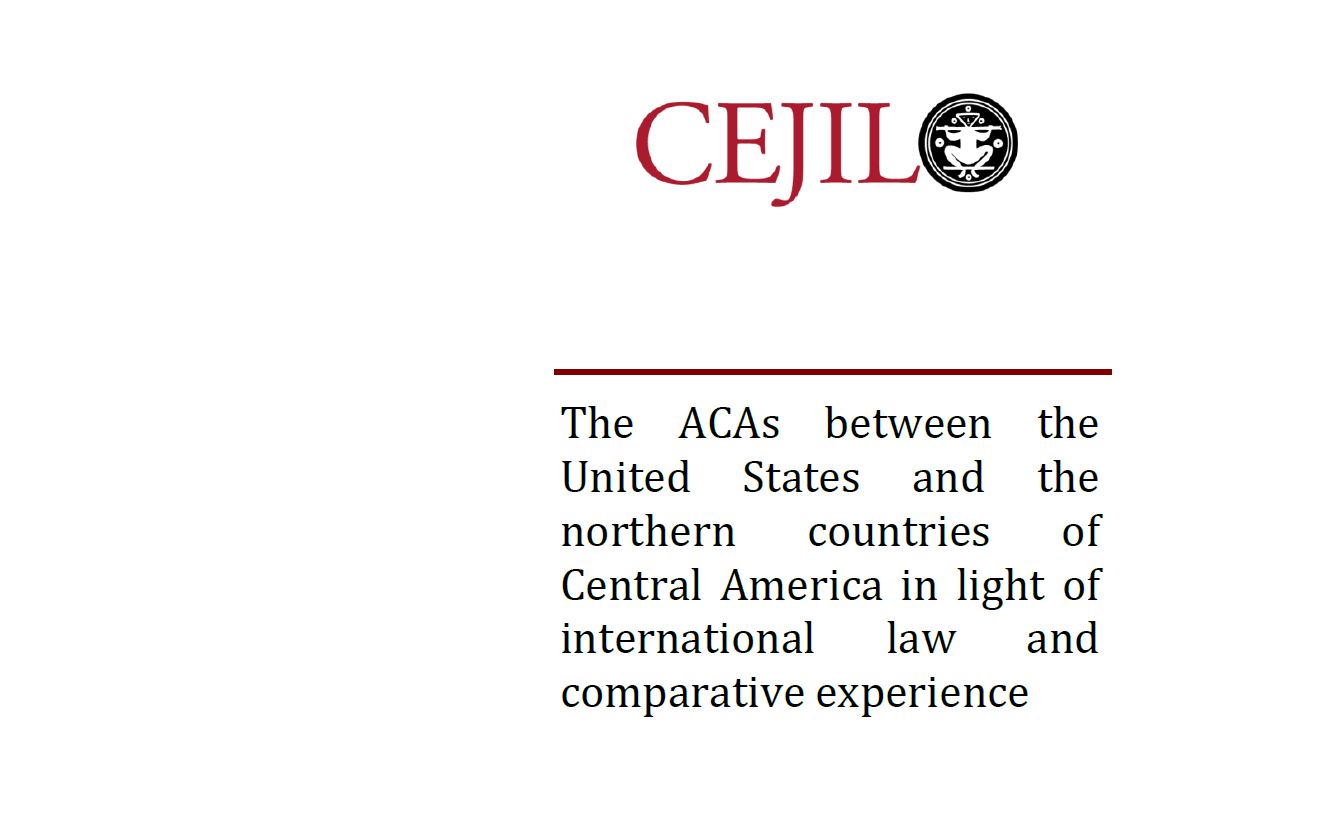FACT SHEETS
Brief: The ACAs between the United States and the northern countries of Central America in light of international law and comparative experience
In 2019, the human rights outlook for persons in situations of human mobility in the Mesoamerican region was impacted by a series of policies that limit the possibility of accessing international protection and considerably reduce the space for protection in the region, including the adoption of three bilateral cooperation agreements regarding requests for protection. Despite their formal name as Asylum Cooperation Agreements (ACAs), various sources have referred to the agreements as ‘safe third country agreements’, both in the context of litigation and public policy, as well as in media coverage and popular debate3, using a term that appears in the US regulatory framework and in the lexicon of international law, but with different definitions.
This brief seeks to situate the concept of ‘safe third country’ in international law, outline the criteria for its use and analyze some experiences in which the figure has been used in different geographical and political contexts. Each of these issues is addressed below, before offering some conclusions.
